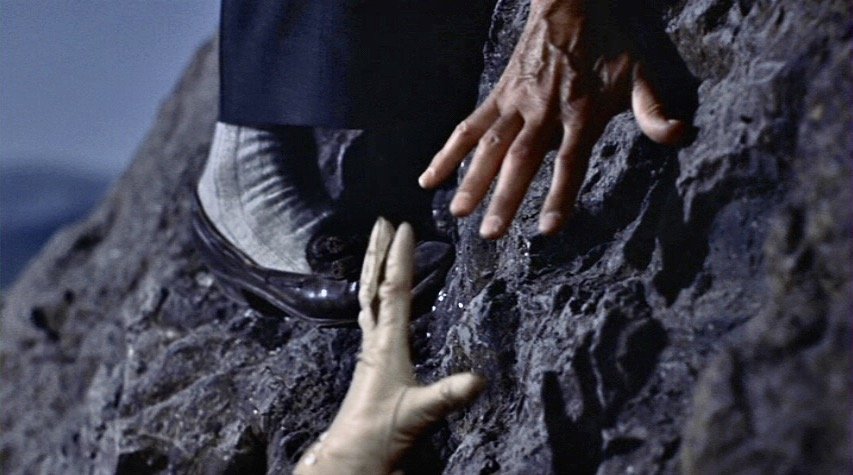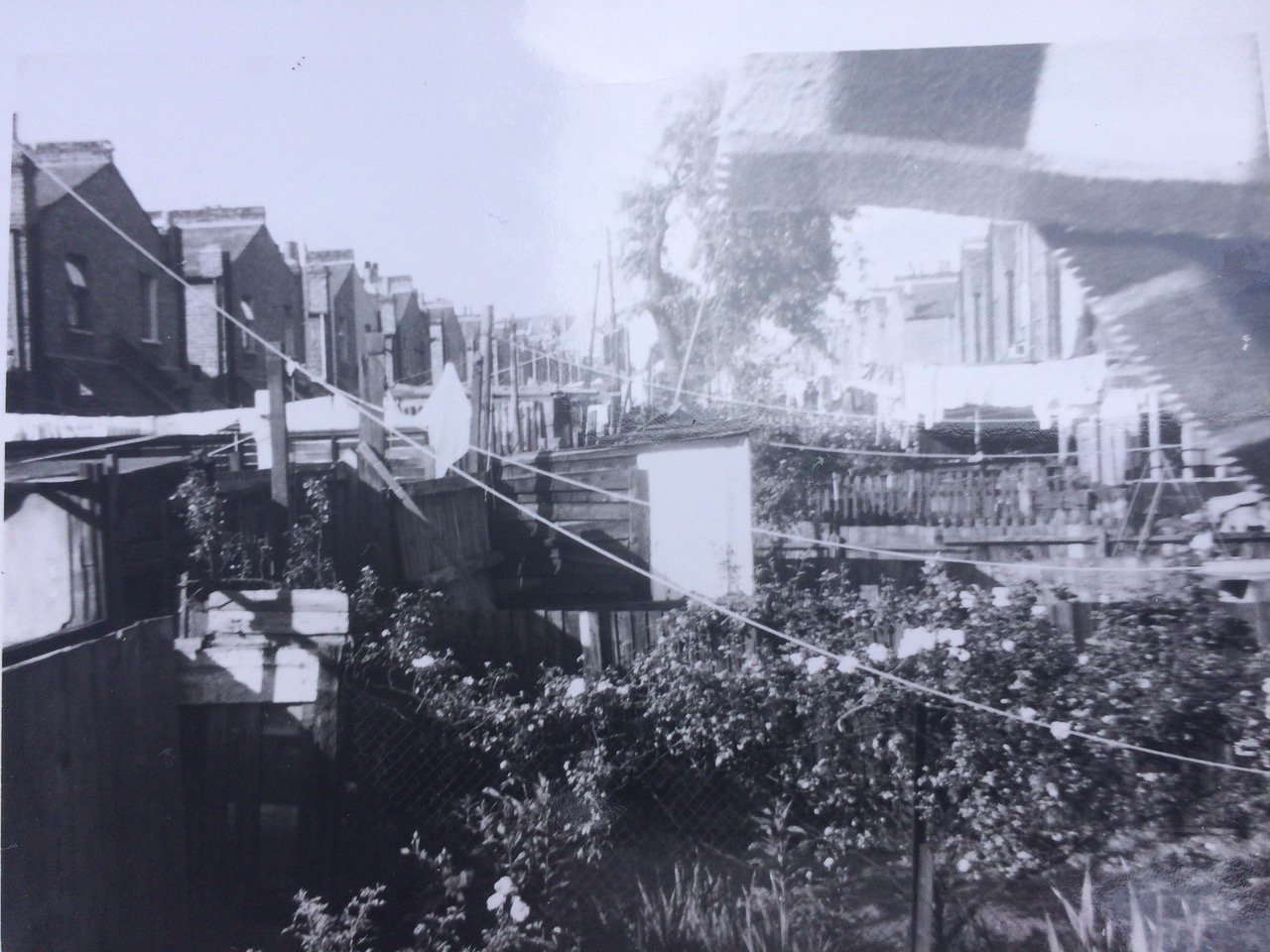“It’s not wha’ yer know, it’s ‘oo yer know!” my mother told me, when, as a callow youth, I yearned to get into the world of film and TV in my native England. To an extent, given the English class system at the time and our place in it, she was right. Even so, by whatever means you find to progress, knowing someone or simply being around someone at the right time, don’t you have to know, at some ,point something? If you can’t write, simply acquainting yourself with a screenwriter isn’t going to teach you how to construct the screenplay for the next Parasite. Nor is hanging out with a director going to transform you into Chloe Zhao! If you know a producer, even if they give you a gig, it doesn't mean you’ll do a competent job.
So it is “Wha’ yer know!’… But where and how do you best learn it?
There’s little doubt in general expressed in social media about the value of film school. “Not worth the cost!” is the consensus—from those who have never been, but also maybe from some who have. (Very many been feel they’ve rewarded by the experience.) The cost can indeed be considerable, frequently amounting to hundreds of thousands of dollars. Unless you’re blessed with private wealth then, and lots of it, the debt you’re inviting is not a factor to be ignored. It’s not the only one to consider however…
Say you are entertaining the notion of attending film school, ask yourself first of all, what it is you’re looking to learn and become? Perhaps you want to work in production? As an AD, a location scout, a production manager? So find an opportunity in the industry at ‘entry level’ and work your way up. Or win a place on the DGA program. The skills you are looking to learn can be fairly easily defined. They’re not in debate, and their practitioners don’t practice them in vastly different ways. Not so much skillsets, as set skills. You want to learn from ‘industry professionals’, those who know their stuff, which to them affords validation and status, and aren’t so concerned with the art of filmmaking as the machinery and processes of production.
Perhaps you want to learn a creative craft that involves technical skills? Cinematography? Editing? Sound? You could go to a film school that is essentially a technical school and have access to equipment—hardware and software—to teachers adept at their operation, and to practical experience. The equipment element is less of a factor now though, or certainly for cinematographers. In the past, access to 16 mm, even 35 mm cameras, and later to high-quality digital cameras was a major factor in attracting the aspiring cinematographer. With the advent of smartphones and their flourishing use however, albeit with the assistance of sophisticated lensing, this becomes not so much of a consideration. Today you don’t need an expensive camera—film or digital—to go out and make your own movies. See this: https://www.theguardian.com/film/2021/may/09/films-shot-on-smartphones-herald-new-age-for-cinema-say-directors?
It’s not only a matter of equipment though. You don’t became an editor simply by learning how to use an avid. You become an editor by learning the rich complexities of storytelling through the language and address of the moving image, by understanding rhythm, narrative point of view, dramatic tension, the flow of energy, the flow of emotion, and above all—the flow of the human soul. You won’t learn any of this merely by becoming adept at a piece of machinery, which is all you’re likely to get at those film schools that are little more than a technical/trade/vocational training schools. You need more. You need a true mentor or two, the kind of mentor you might find at a reputable film school—although you can find poor examples there too.
Returning to the needs of cinematographers—you would benefit from an education in the physics or light and lenses, which you can find in books, yes, but more so at a school that offers a specific program in cinematography.
The predominant reason for going to film school however is the aspiration to become a director. If that’s your need, you should consider the differences in structure and approach between the various institutions.
There are the schools that accept all applicants and there are those that are selective—often highly so. In the case of the former, be careful. They may cost less but even so, your money may not in the end prove well-spent. Courses in these schools invariably conflate directing with production, technology, and the industry, while in accepting everyone, they create a general, across-the-board, contemporary mindset and sensibility. They may spend little time on any rigorous exploration of dramatic narrative and its representation on the screen. They may see the director’s work as happening only on the set, directing the actors (yet offer less than adequate classes in the ways of approaching this). On the other hand, you may find excellent mentors—some the alumni of selective schools who pass on the mentoring they themselves have experienced. But remember: the main purpose of the non-selective film school is to make money, not to advance the art of directing, or indeed the art of anything else.
Such schools may not be accredited by a reputable body or may have the imprimatur of organizations with less heft than those which approve the curriculum of a selective school.
Selective film schools are invariably tough to enter. They are also more expensive, although some will offer scholarships. If you are lucky enough to get accepted into one, you are likely to find yourself among a high-calibre class—that’s if the selection process has been effective, which may not always be the case.
These schools may be further divided into those that offer general filmmaking classes, those that, focus on screenwriting and directing, perhaps producing, and those that offer discipline-specific classes—for directors, screenwriters, cinematographers, editors, production designers, and producers. The disadvantage of the first and second is that in actually making movies, students will take turns to direct, produce, dp, edit, while there will often be no production designer. This results in most of the crew doing jobs they are not motivated to do and in which they have had minimal training.
At the discipline-specific school by contrast, every member of the creative team will be (or should be) committed to their craft. The process of production will therefore be closer to that of the ‘real world’, the sets more efficiently organized, the nature of the collaboration more productive, more mature. There is also the added bonus afforded by the possibility of forging working relationships with practitioners of other crafts to take onward into post-school filmmaking, even to entire careers.
There may be disadvantages though. The faculties of the different disciplines may hold to varying approaches, even contrasting core beliefs, which can lead to combative postures on the part of the students. Some teachers will even project grudges accumulated from their professional experience onto their classes, setting them up in opposition to one or other craft. Then again, team members will be paying the same fees for tuition so may expect an equal say in how a film should be directed, which can render the director’s work subservient to a committee, and make the process less like that of the ‘real world.’
A huge advantage of the selective, non-specific discipline school for the director, and especially the writer-director is that voice may be more encouraged and nurtured. The filmmaker won’t be expected to make compromises demanded by other members of a team. The drawback is they may experience very little filmmaking at all, a short or two of five minutes or so, followed by a thesis on leaving the program. Some schools do not demand a thesis at all. Also, because students are set on individual paths, and because the films they make are not utilized as teaching tools in the classroom, they are less likely to learn from peers whose contrasting approaches and insights can yield an education as valuable as any provided by faculty—very often more so.
One precious benefit of many film schools, selective or not, discipline-specific or not, is the increasing diversity of the intake. Make shorts by yourself, with your friends, and you are less likely to interact with others not from the same background. Studying alongside, and working with students from other parts of the world, other states, ethnicities, genders, and sexual orientations is a gift to any aspiring filmmaker, to any person open to learning. The riches of different histories, experiences, philosophies, and consequent insights, are as enabling as any outcome of lessons in an accredited curriculum.
Another benefit: the sense of community offered by some film schools is a resource that the individual, setting out alone or with friends, fails to get. At certain schools this can lead to a community for life, to collaborators for life, some of whom won’t even have been in class with you at the same time. It can be a support system in the face of a fiercely competitive, rapidly changing filmmaking world, one that all too often fails to recognize talent, commitment, and voice, and has little hesitation in knocking you down at every step. In that sense then, as in others I’ve mentioned, film school can prove an investment in more than the foundation of craft.
Then come teachers, some outstanding, many good, others mediocre, some even damaging. Some teach to justify themselves, to hand down rules and regulations they feel themselves privileged in knowing. Some want to create clones, mini-me’s of themselves. These talk down to the student. The best teachers learn from those they teach. The best teach the student how to become a student for life. They don’t teach, they mentor—in other words they facilitate. And as regards directing—perhaps it cannot be taught so much as enabled. Beware in particular, those educators who want to “give back”. Sounds as though they themselves have stopped learning, as if they conceive of wisdom as some tablet of stone, never-changing, to which they have access and alone can read from.
Where is such a sage monolith? What could it possible say?
Then there are the notable practitioners a film school may bring in for a class, workshop, or Q&A. Such visits may prove life-changing for a student, who gets the chance to asks questions directly to those who inspire them, and to listen to an informed discourse rare in the haphazard nature of most talks for laymen. Even so, teaching from celebrities may not always prove beneficial, since those who can do are not necessarily those who can teach. (You might argue the reverse in some cases.)
Yet whatever the approach and effectiveness of the teacher, there will be filmmakers in the past, or just arriving on the scene who made or make movies that work in a completely different way to the tenets the student has been taught. That doesn’t necessarily invalidate the insights of the educator so long as the student has been encouraged to challenge them, to continue the process of learning in later years, and so long as they have been motivated to search out the iconoclasts, rebels, and savants who subvert convention… Teachers may be opinionated, which is fine and may prove stimulating—just as long as they don’t try to imprint their tastes onto their classes and as long as they hold the sensibility of the student with respect equal to that they accord their own.
A final note when it comes to considering film school—don’t narrow your education, don’t restrict yourself to filmmaking, don’t be insular. The human universe is too huge. Study other subjects: theatre, literature, music, philosophy, visual art, history, sociology, psychology, anthropology, and so much more…
Above all be hungry to learn!
The title of this article is Film School or No Film School. What then of the No Film School option? That’s what I’ll be looking at in Part Two…
Peter Markham June 2021









